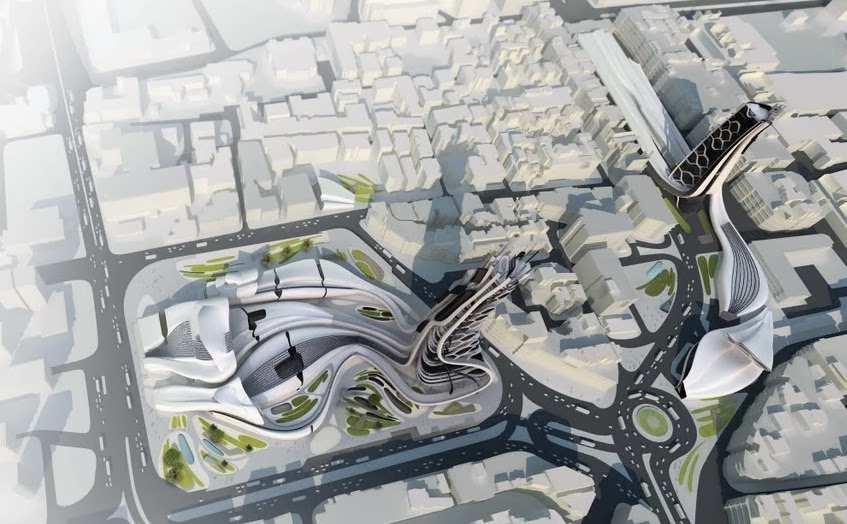-Article by Kishan IVth Year
How does the perfectionist and expressive architect choose the
ground rather than the platform to support their buildings? How do they
advocate research in order to attain balance, only to upset it again? Why does
the architect speak of the need for freedom, and seek to conquer it, defining a
path underpinned by his own rules?
The world is going into a phase of change. A change with more concern.
a change with a reason and a change looking towards the future. Architecture
too has had its fair track of this ‘change phase’. Contemporary architecture no
longer pose the strong point in the current trend and is over powered by a new
form of architecture that controls the role of spaces, its definition and the
placement. Controlled architecture by word means a practise of architecture
that deals with defining spaces within limits and controls, ensuring a better
environment to live in at the same time making sure that the sense of visual
quality and freedom of circulation is maintained. It doesn’t outline a mode of
designing where the users are forced to move through a maze, but describes a
process by which each user is directly or indirectly channelled to use the
defined circulation paths and spaces. This ensures better movement, flow of
traffic and a proper design.
Spaces in controlled architecture are designed to be a part of the
whole and not random enclosures. The function and the position are taken as principal
elements. Apart from all this the placement of the spaces coincides in
accordance with the paths/corridors/streets. The openings and the visual apertures
merge to the spaces in a way similar to solving a jigsaw, where perfection is
the only possible elucidation. Each column and beam is considered and spaces to
enclose accordingly designed, thus pronouncing a more profound mode of
designing. This not just avoids the negative/inactive spaces but also ensures
optimal space utilization. Controlled architecture for some reason stays hidden
within other concepts. Planners and architects use a mixture of definition for
ranging from depth of access to “form follows function”, the slogan that most
architects pursue. What goes unnoticed is that each of these terms is just an
additional to the whole and wide concept of controlled architecture. When one
goes on to say “depth of access”, what one should perceive is how the designer
is able to limit or control the paths taken by any individual to a certain
point. In short controlled architecture cannot be confined to a box but rather
is an elaborate and vast field of study, to which we add each day.
What architects value most are timeless projects. And in these
classic works he values everything, but above all the connecting elements: from
the material to the geometry. There is not only one way to reach a destination.
There are many and this wealth of possibilities is what prolongs the process
and makes evolution possible.

No comments:
Post a Comment